- In Inside Out , Riley’s emotions lack a unified appearance like other characters, sparking debate.
- The distinctive styling of Riley’s emotions may represent her unique emotional journey.
- Fans theorize that this difference could reflect deeper themes like queerness or self-reflection
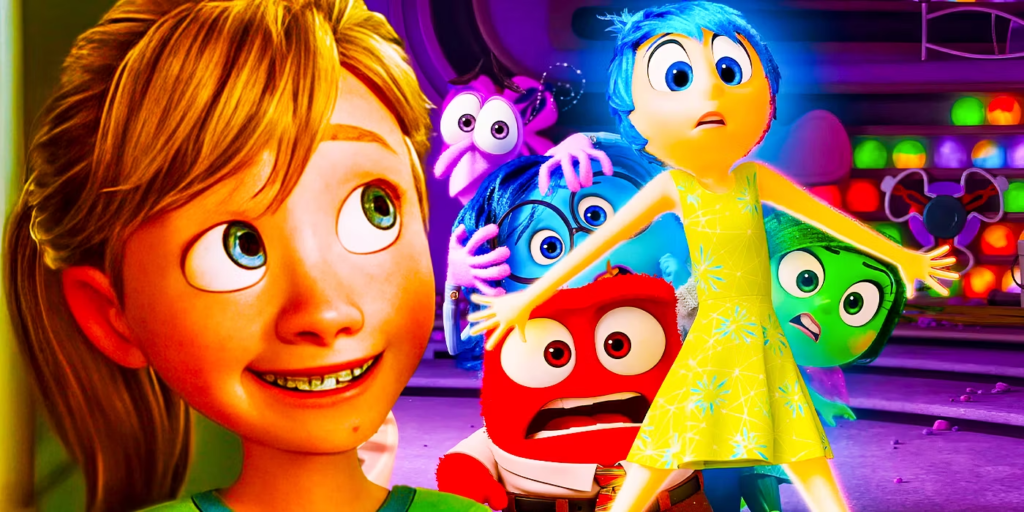
As one of Pixar’s staple modern franchises, the world of Inside Out has found a home in the hearts of fans for years now. The film’s unique portrayal of emotions as individual characters has resonated with audiences of all ages, sparking conversations about mental health and the inner workings of the mind. With Inside Out 2 on the horizon, the semantics of the abstract world of Riley’s mind have once again become a topic of debate. Anticipation is high as fans speculate about new characters and storylines, eager to dive back into the colorful and intricate landscape of emotions. While most of these questions will likely be answered in the forthcoming sequel, there are some bigger questions that might never be fully addressed in-universe.
One of the most prominent questions fans have about the specifics of the world of Inside Out is raised when comparing Riley’s emotions to the audiences’ peeks into the minds of other characters. This comparison reveals intriguing inconsistencies that have left fans puzzled. While Riley’s emotions all have individual fashion styles and are not in any way tied to Riley’s appearance, every other mind the franchise has represented contains characters reflective of their person. This has led to much speculation and numerous fan theories. The internet has continued to ask whether or not there could be an implication to this difference, or is it only a symptom of Riley being the main character and thus being more fleshed out? Could it signify a deeper narrative choice or simply a creative decision for storytelling purposes?
The Many Stylized Emotions of Riley’s Family and Peers


- Riley’s parents are voiced by industry legends Kyle MacLachlan and Diane Lane.
The first time the Inside Out franchise introduces the minds of characters other than Riley is when the Andersen family has a heated conversation at the dinner table. This pivotal scene not only adds depth to the storyline but also expands the film’s exploration of emotional dynamics beyond Riley’s inner workings. In order to further illustrate the perspectives of Riley’s parents, the film dives into their heads and showcases the unfolding events from the viewpoint of their personal Headquarters. This moment is mostly played for comedic effect, showcasing stereotypical gags about the differing emotional availability of typical fathers and mothers — Mr. Andersen’s emotions are portrayed as somewhat aloof and preoccupied, while Mrs. Andersen’s are more attentive and concerned. Despite Pixar’s penchant for breaking barriers, this joke blends in with more mainstream views of fatherhood and motherhood, but this can be excused due to the overflowing originality the rest of the film delivers.
Beyond this simple gag, though, this moment is what ultimately raises one of the franchise’s biggest questions. Both Mr. and Mrs. Andersen also have five core emotions that lead the initial film in the franchise. Their emotions, however, are decked out in clothing, and they have hair and facial hair that match their respective people. To further this point of individuality, all the emotions also match their person’s gender presentation in both appearance and voice. This raises intriguing questions about the nature of these representations and whether they reflect a deeper narrative choice or simply serve as a creative tool for distinguishing characters.
This trend continues in every other venture outside Riley’s head, from the mid-credits cutaways of everyday people and animals to the short film Riley’s First Date. Trailers and sneak peeks of Inside Out 2 confirm that this will not cease in the sequel, furthering just how constant this element of worldbuilding is. Most fans would dismiss it as a simple gag that doesn’t impact the themes of the franchise, by eagle-eyed viewers might find this detail hard to ignore, forcing them to dive into the true implications of this creative choice.
Why Riley’s Emotions Don’t Have a Unified Style Representative of Her Appearance
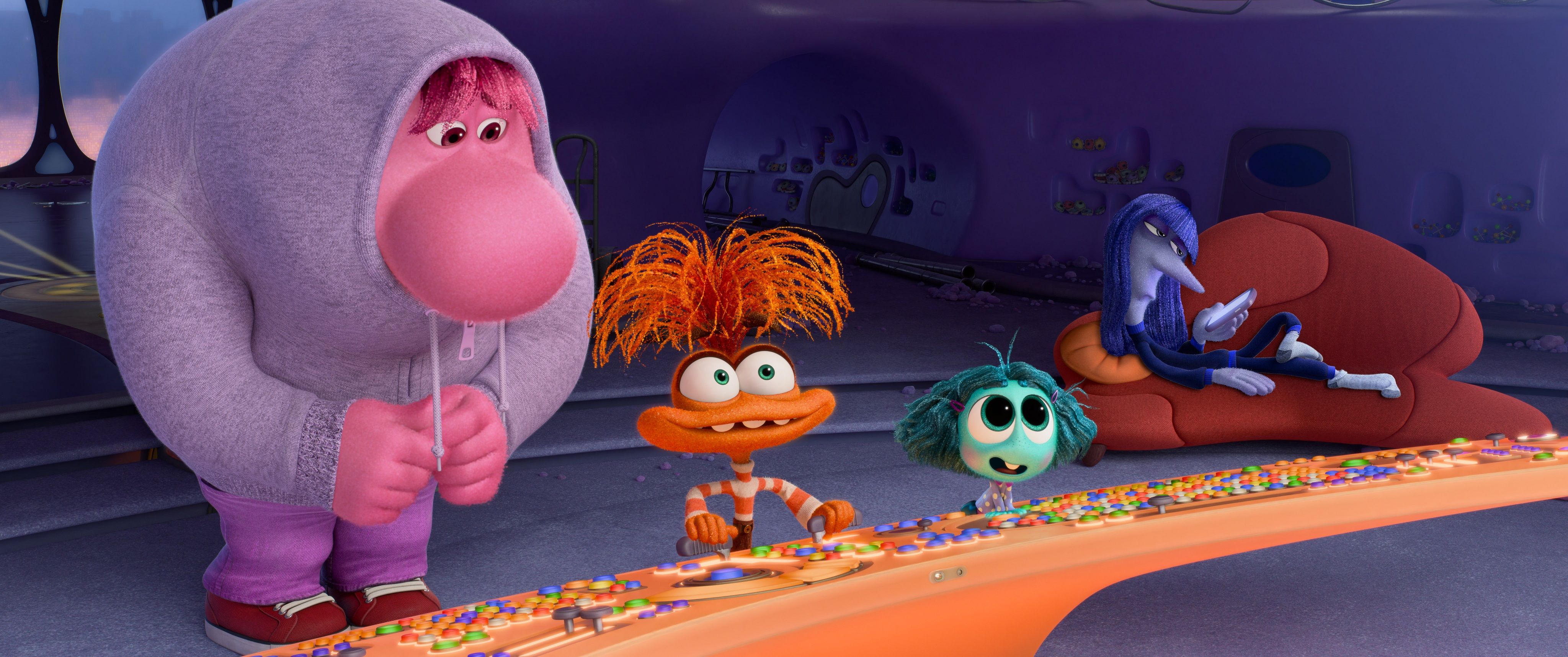

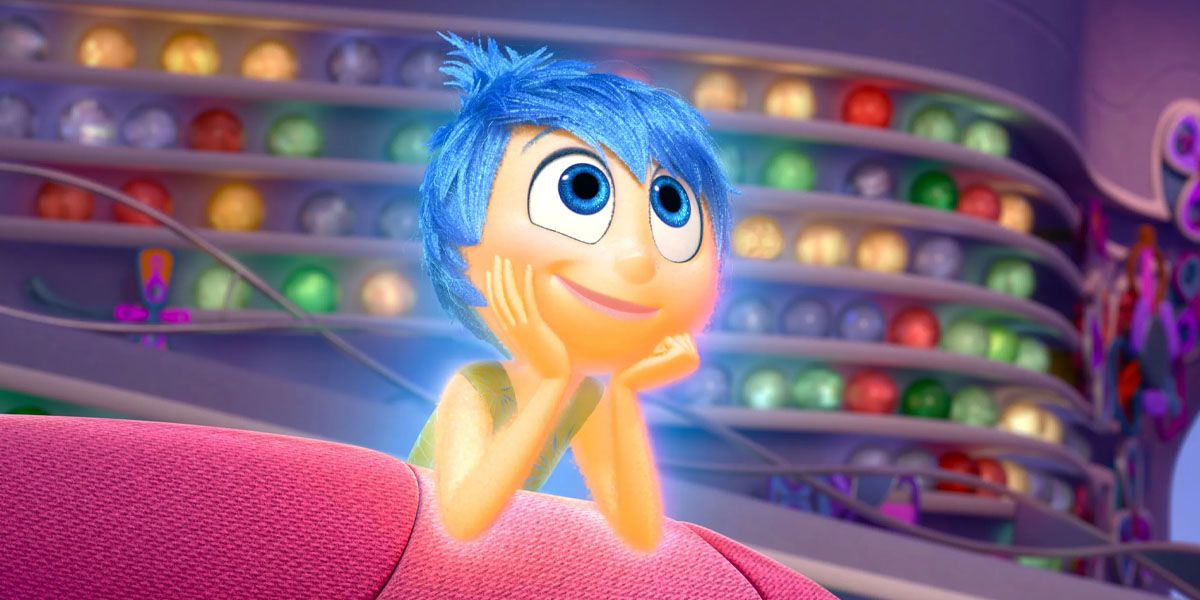
- Toddler Riley is voiced using archival audio of Mary Gibbs’ sessions for her role as Boo in Monsters Inc.
As the central protagonist of the franchise, the implications of this worldbuilding mechanic most directly affect Riley Andersen. While the real-world answer is likely that the filmmakers needed a distinct way of separating the emotions in other characters’ heads for cutaway gags, this doesn’t explain away the in-universe discrepancy. As wonderful as it is for the core emotions to have unique appearances, it makes Riley’s version of Headquarters stand out, raising intriguing questions about the inner workings of minds in this universe.
Some fans initially speculated that this could be because of Riley’s age. Perhaps the emotions evolve to align more with their person as time goes on. This theory was quickly dismissed upon the introduction of Jordan, the boy who Riley meets towards the end of the film. Jordan’s emotions follow the trend of uniformly dressed emotions, and he is seemingly around Riley’s age. This suggests that age alone does not account for the difference in the portrayal of emotions.
As the universe expands and more emotions bubble up within Riley’s mind in Inside Out 2, more questions are raised, notably regarding the absence of these feelings in Riley’s parents’ minds. With the sequel not yet released, it is very possible this will be explained away, given the importance of these new characters. But the difference in physicality from person to person seems more minute and could easily be unaddressed once again.
Additionally, Riley’s distinct emotional representation could symbolize her unique emotional journey and the transition from childhood to adolescence. The individualized appearances of her emotions might reflect her developing identity and the complexity of her feelings as she navigates significant life changes. Meanwhile, the uniformity in other characters’ emotions could suggest a more settled or simplified emotional state, perhaps indicative of adults’ more regulated emotions or less tumultuous inner lives.
This discrepancy also invites viewers to consider the nature of emotional perception and expression. Riley’s emotions being visually distinct could signify the intense, varied experiences of a young person, contrasting with the more straightforward emotional experiences of adults. This visual differentiation enriches the narrative by highlighting the vibrant, multifaceted nature of a teenager’s inner world, making Riley’s journey all the more compelling and relatable.
The Implications of Riley’s Unique Emotions
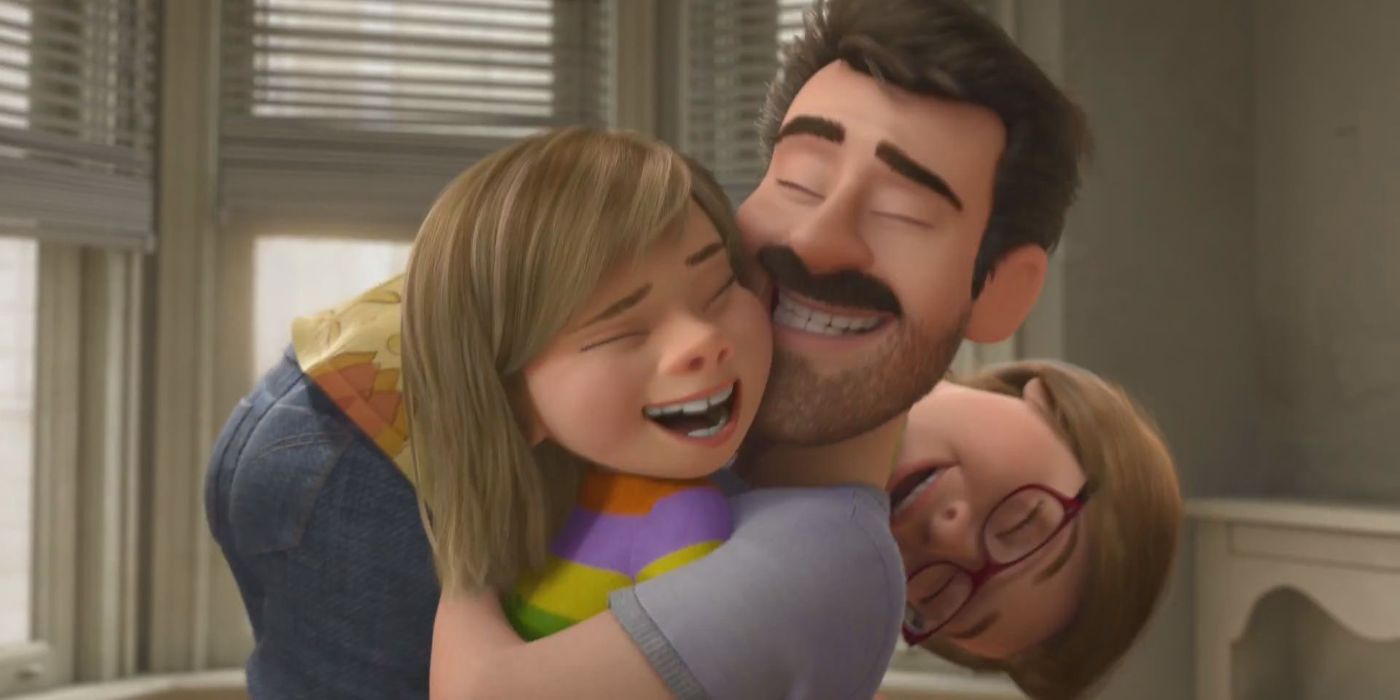
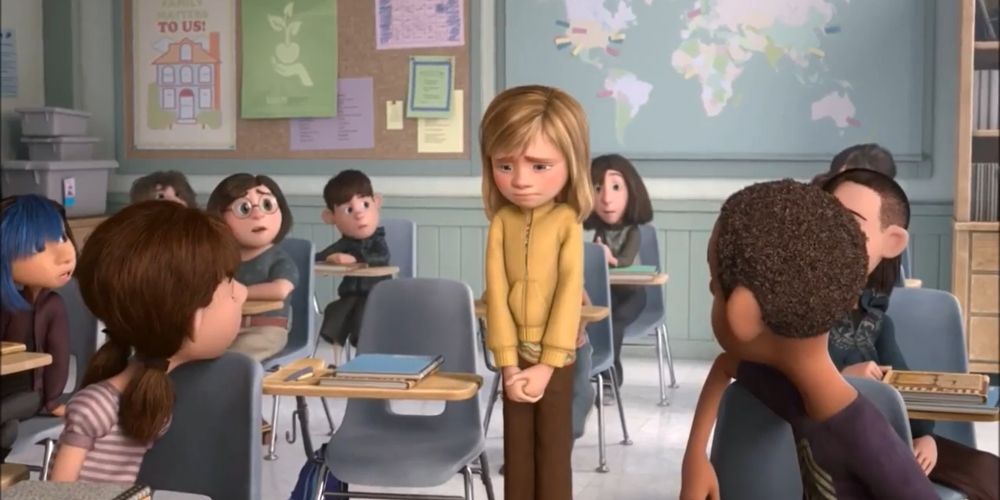
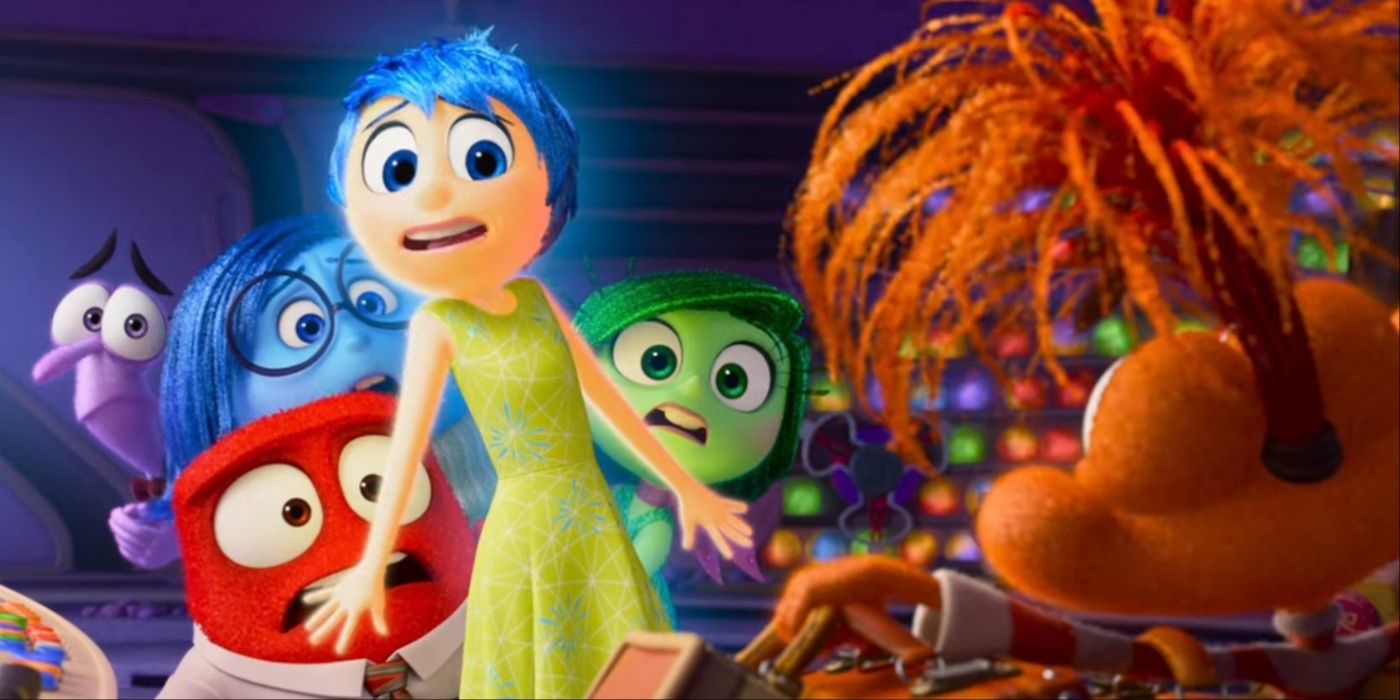
- Mindy Kaling and Bill Hader both departed in between films, with both Disgust and Fear being recast for Inside Out 2.
While the franchise itself might never give a permanent, in-universe answer to this creative decision, fans can continue to theorize about its implications. Some of the prominent theories suggest that this could be a reflection of some kind of queerness, potentially cementing Riley’s gender presentation and overall view of herself as something constantly in flux. After all, this makes a lot more sense conceptually, not just for Riley but really for any fleshed-out, realistic character within this world.
This uniqueness adds a lot of validity to Riley’s role in the spotlight, but it also sacrifices a bit of respect for all the other characters in the world of the films. If this goes unresolved, it leaves everyone outside of Riley feeling somewhat shallow and one-note. After all, if the emotions don’t clash and interact in unique ways, there’s no room for true growth or humanity, which is practically the entire message of the original film.
In the grand scheme of things, this is still an incredibly minor aspect of worldbuilding, and only eagle-eyed viewers or deeply analytical critics will point out this detail. Even still, when a concept as abstract as Inside Out’s premise is brought to life, these semantics become especially obvious and complicated to dissect.
Part of what makes Inside Out so special is how it simplifies such broad concepts down to a level that anyone can understand, painting emotions as complicated aspects of life that can still be understood with enough effort. If a person’s emotions are all on the same page and operating as intended, perhaps they take up the mantle of their human’s personality. What this means for Riley and the universe as a whole is still somewhat up in the air, and fans will just have to wait for more extensive answers as they anticipate Inside Out 2.
Source: https://www.cbr.com/inside-out-riley-emotions-look-different/
